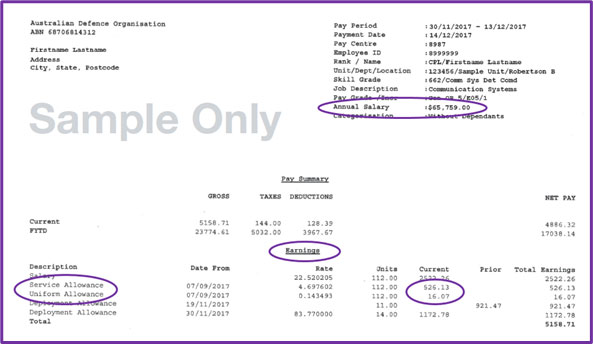
Sensible Investing
September 26, 2022
Is debt refinancing and consolidation right for you?
November 15, 2022It’s no secret that some people are doing it tough right now. We know that people may be tempted to enter into financial hardship arrangements such as debt consolidation or a debt agreement as a way of relieving financial stress. But some of these arrangements can have serious consequences and there may be other options.
In a financial hardship arrangement, a lender agrees to a reduced repayment schedule for a period of time when a borrower is experiencing financial hardship. Most creditors, such as lenders, telcos, and utility providers have hardship provisions available if you are having problems paying your debts.
From 1 July 2022, most lenders can flag your credit report that a special payment arrangement is in place for a period of time as a result of financial hardship. On a positive note, as long as you stick to the negotiated payment arrangement, your credit history will show you have met your repayment obligation, as opposed to having a black mark against you for not meeting the original contracted repayment amount.
Financial hardship arrangements stay on your credit file for 12 months but the new credit reporting rules mean it shouldn’t affect your credit score. This article outlines financial hardship options and what you need to know about them.
Formal debt agreement (Part IX)
A Debt Agreement is a formal arrangement under Part IX of the Bankruptcy Act, where your creditors agree to accept part payment of the debt in equal proportions, for example, they all agree to accept 90% of the debt as full and final settlement. There are some debts that cannot be included, such as fines or student loans.
In very limited circumstances, a debt agreement can be an effective option, but due to the serious consequences, most people may be better off considering other options.
| Pros | Cons |
|
|
Informal debt agreement
An informal debt agreement is a debt management plan between you and your creditors, similar to a Part IX debt agreement, but with limited impact on your credit file. Debts are typically paid off in 3-5 years. This type of informal arrangement is organised and administered by debt administration businesses, for a fee. Often a very hefty fee.
| Pros | Cons |
|
|
Debt consolidation loan
Debt consolidation involves rolling your current debts into a single loan, typically a personal loan. If you have a home loan with equity in your property, you may be able to pay out other debts by increasing your mortgage.
This could be an option if your financial difficulty was a result of an isolated event and your circumstances have now changed for the better, for example your spouse lost their job but is now working again. However, if financial issues are ongoing, you could just be exacerbating the problem.
Be very careful about rolling unsecured debts, like credit cards, into a secured loan, such as a home loan. If you are not disciplined and something goes wrong, your home could be at risk.
| Pros | Cons |
|
|
Financial Counselling (recommended option)
Unlike financial planners or advisers, who help people build wealth, for a fee, financial counsellors help people experiencing financial difficulty. Their services are free, independent and confidential. They can provide advice about your financial situation and recommend the best option for you to deal with unmanageable debt.
Financial counsellors can help you make payment arrangements with your creditors, and can also help you put strategies in place so you are less likely to find yourself in financial difficulty again.
| Pros | Cons |
|
|
The takeaway here is, if you find yourself in financial difficulty, before it gets any worse, and before you spend any more money, contact a financial counsellor. They are free, independent, confidential, and will have your best interests at heart.
To learn more about financial counsellors read our newsletter article Financial advisers, planners and counsellors: What’s the difference and why does it matter?
To speak with a free financial counsellor contact the National Debt Helpline on 1800 007 007, visit their website at ndh.org.au, or contact us here at the Centre.






